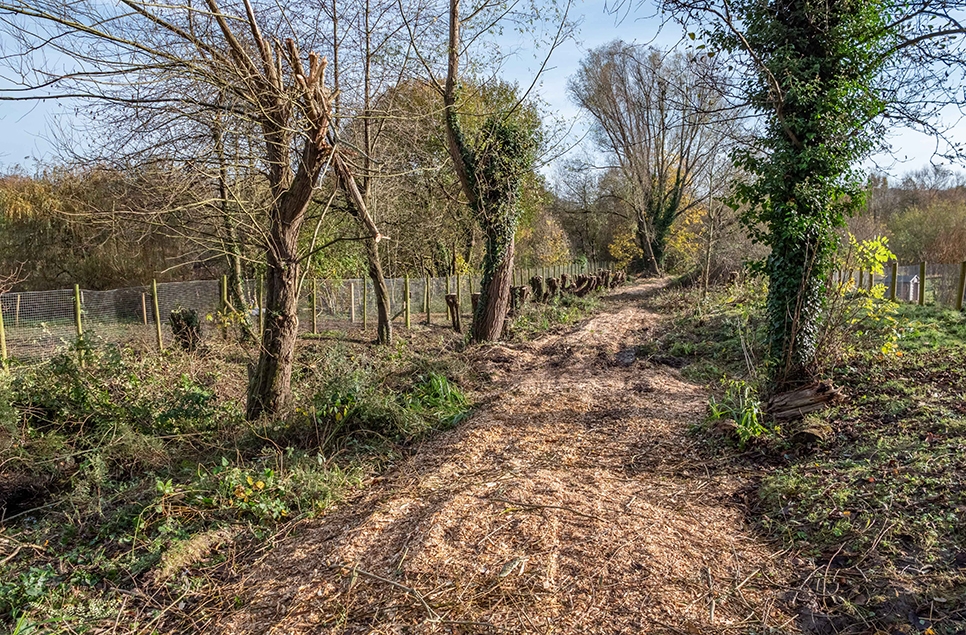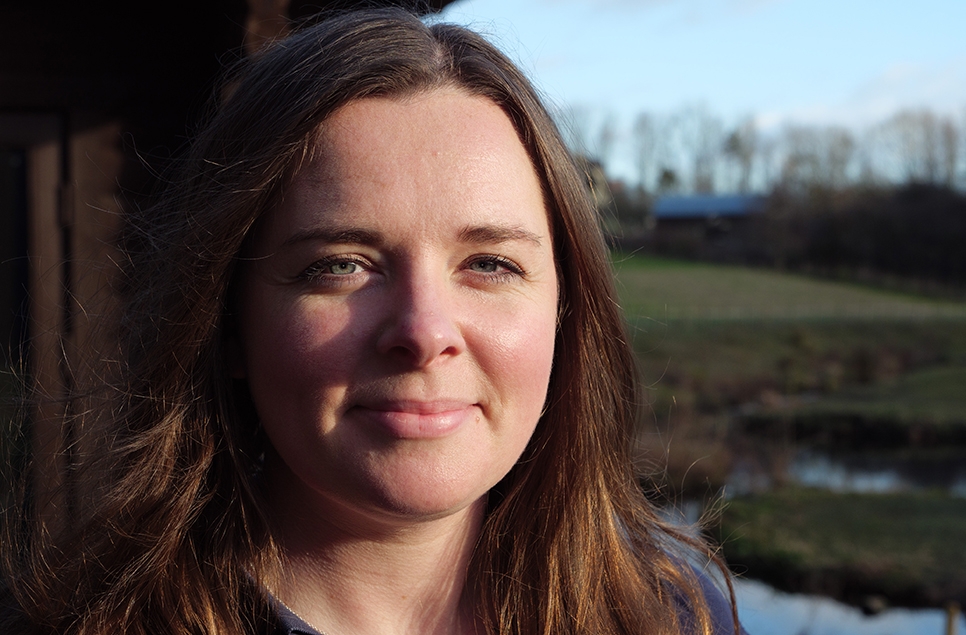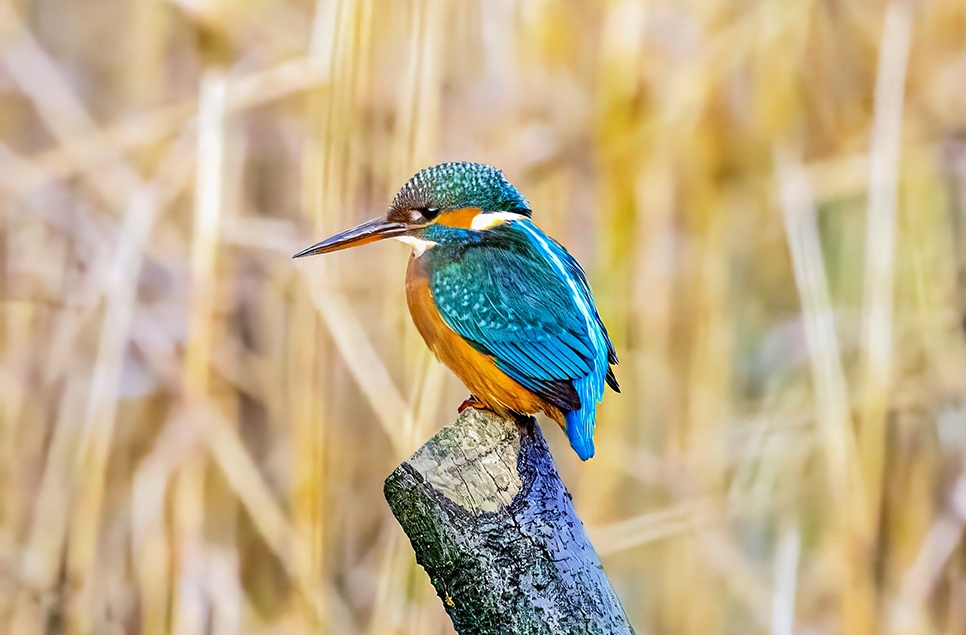Experiencing our wetlands through your senses: a guide
Our senses play an essential part in how we interpret the natural world.
But what if we don’t have full use of them, or want to absorb the magic of nature in a different way?
BBC Winterwatch recently starred visually impaired photographer Alex Ditch, from Sunderland, as he navigated our wetlands with limited sight (and help from his wonderful mam) in search of his dream photographic subject - a kingfisher. Find out more about his journey here https://bit.ly/Alex-BBC
His story got us thinking about the different ways in which our wetlands and their wildlife can be experienced using your senses.
Read on for just a few ideas of where to go and what to do during a visit, to awaken yours...
Wander through our wetlands
With nature, a sense of awe or perspective usually stems from witnessing something visual – a breathtaking scene or a particularly stunning species, for example.
But on a wander around our wetlands, this exhilaration can come in other forms.
Stand near our reedbed on a rainy day and feel the heightened sensation of raindrops splashing your skin as you soak in the vast sense of space around you. Move under the cover of the nearby shelter and you can listen to the soothing rhythm of the drops falling, while taking deep lungfuls of the fresh, cool air.
The puddles made or left behind by a shower also offer sensory delights. Watching drops fall and create shapes on the water’s surface can be mesmeric, while the pull and squelch of rain-soaked mud as it seeps and sucks around your wellies is physically satisfying.
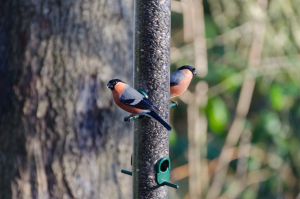
The floor-to-ceiling window in the centre of the hide also allows extra light to flood in on sunny days and provides close-up views for wheelchair users or buggies. You’re never too young to start your birdwatching journey!
During late winter and early spring, waterbirds gathering on our saline lagoon and Wader Lake make for a fantastic auditory experience, with their unique honks, whistles, squeaks and quacks. Listen to these select few and then see what you can identify the next time you spend time down there https://bit.ly/winterbirdcalls
Right now, red-listed lapwing can be heard from the reedbed at the back of our duckery; their drawn-out ‘peewit’ calls filling the air as they dive and roll through the sky. Stop a moment and listen out for the gentle rustle and sway of the reeds too (with the promise of warbler calls if you return in summer).
Late winter may not be the best season for smelling flowers, but you can still practice being mindful and pick up different fragrances if you focus – the leaves of an evergreen tree, the delicate floral notes of an early crocus, the smell of the earth when it rains after a dry spell. This scent even has a special name: petrichor.
In spring, 'coconutty' gorse bushes are at their peak (a distinctive scent, experienced very strongly by some individuals but weakly by others!) and in summer, our wildflower meadows offer vibrant hues for the eyes and subtle sounds for the ears, including the swish of grass blowing in the breeze and the gentle crackle of yellow rattle. Pause or sit awhile on the seat along the path edge, close your eyes and let the sun warm your skin as you breathe deeply and just ‘be’.
Outside of our visitor centre, bees buzz in large numbers through the lavender bushes and are delightful to watch. Gently brush the flower heads with your finger tips as you pass and inhale their powerful aroma.
The planting in our Close Encounters and rain garden exhibits is carefully designed to be both colourful and heavily scented when in bloom, while the striking feathers of duck species including eider and mandarin provide interesting visual contrast in winter, as they start to look their best ahead of breeding season.
Our woodlands are home to an array of plant species all year round and a wander through them isalways a hit on the senses.
Turn off the main path into Hollowood and sense the shift in light as the tall trees close in and stretch upwards around you, altering the air movement and pushing bird sounds to the fore with twitters, chirrups and cries echoing overhead. In autumn, leaves and pine cones provide crunchy noises and differing textures underfoot.
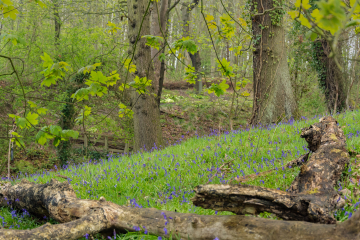
The ponds of our collection birds also have their own watery soundtrack, as they trickle and flow through the pens to join the river. On sunny days, the light hits their surfaces at different angles, split by tree branches and foliage, adding to the sense of movement as our ducks dabble and dive. A brilliant display just waiting to be witnessed or captured on camera.
In our Water Lab, the physical power of water is visible and audible with every turn of the giant water wheel that sits in front of the building – fun for children and adults alike.
And in the warmer months, a stroll along the river path to our dragonfly ponds is not to be missed. Species including common darter, emperor and southern hawker can be both seen and heard on the wing, lacing through the grass and skimming the pond edges.
Find your ‘sit spot’
Visiting the same area of site over and over again and sitting in quiet awareness might not seem the most exciting thing to do, but finding your ‘sit spot’ can help you gain a better understanding of the wild world around you; or at least one small part of it.
Seasonal changes, comings and goings of wildlife, the impact of the weather – all of these can be experienced more roundly by repeatedly spending time in the same space, as often as possible.
Make sure your spot is safe and sheltered from potential elements, get comfortable, turn off your devices and be as silent as you can. Go through a checklist of your senses. What can you see or hear or feel? Can you sketch what you’re experiencing or make notes to compare with future visits?
Aim to spend at least 15 minutes at a time in your spot. This allows you to relax into your surroundings and start absorbing them. Then each time you return, note what is different. New species, new colours, new smells, new sounds?
This technique can be used when visiting any outdoor space and our wetlands and woodlands is full of potential spots! Once you find yours, you’ll be amazed by how much more you notice, experience and learn to appreciate the amazing nature that surrounds you.
